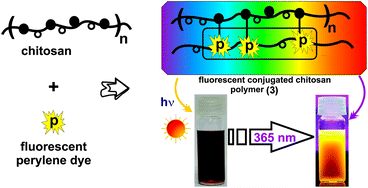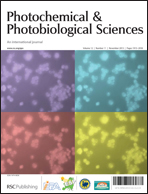Synthesis of a novel fluorescent amphiphilic chitosanbiopolymer: photophysical and electrochemical behavior†
Abstract
The present investigation describes for the first time, the synthesis and detailed characterization of a novel fluorescent and amphiphilic


 Please wait while we load your content...
Please wait while we load your content...